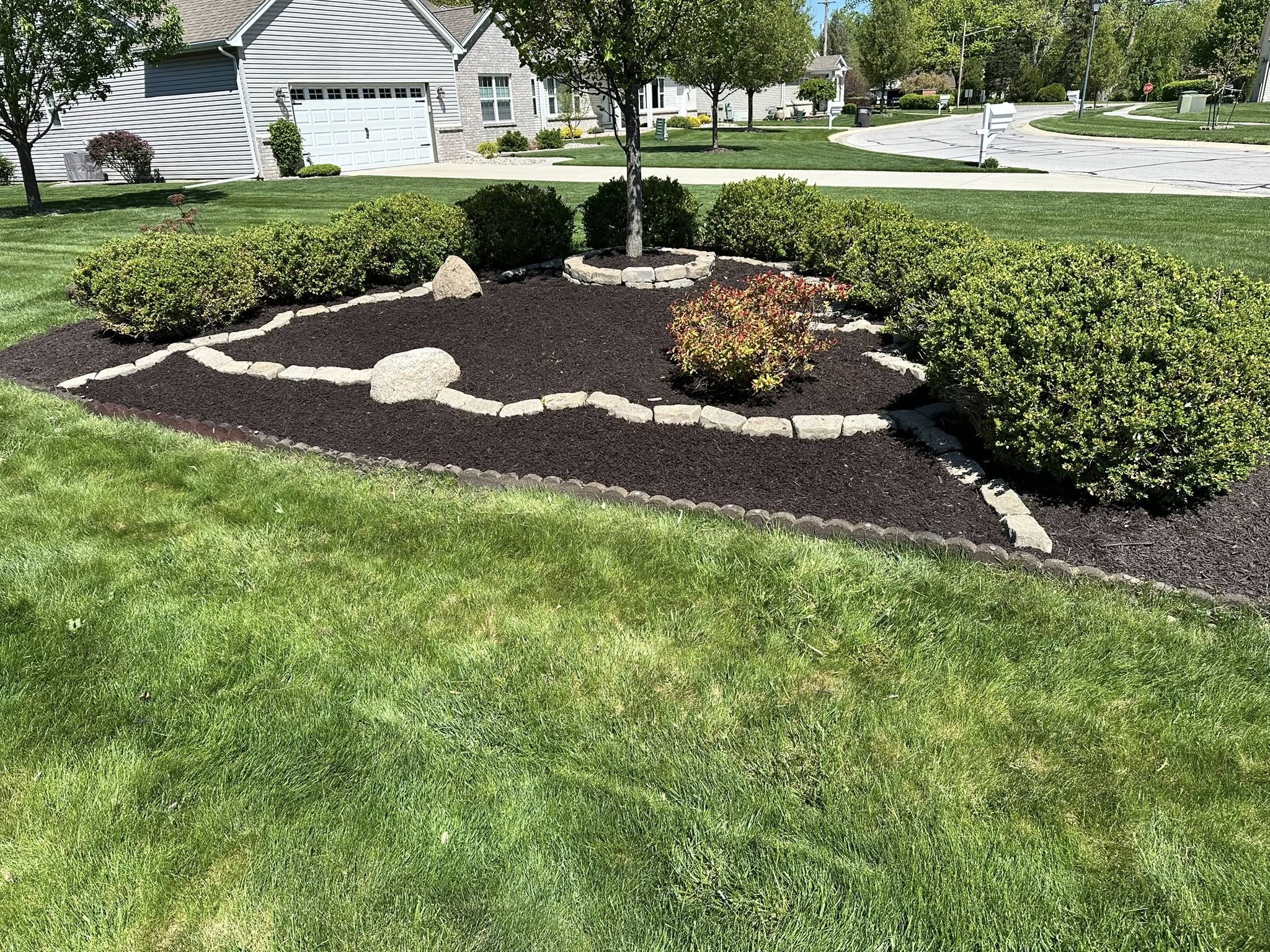
Seasonal Landscaping Tips: Preparing Your Yard for Winter Oct 22, 2025
Begin with a thorough cleanup of your garden and yard. Remove fallen leaves, dead plants, and any debris that may have accumulated. This helps prevent disease and pest infestations during the colder months. A clean garden allows for better air circulation and helps protect your landscaping against potential winter damage. Mulching is another critical step in preparing your landscape for winter. By adding a layer of mulch around plant bases and garden beds, you create an insulating barrier that helps retain soil moisture and regulate temperature, protecting roots from freezing. Choose organic mulches like shredded leaves or bark for the best results.
Pruning is essential for maintaining healthy plants during winter. Trim back perennials and remove any dead or diseased branches to encourage growth and enhance plant stability. However, avoid heavy pruning of trees and shrubs right before winter, as this can stimulate new growth that may not withstand freezing temperatures. Instead, focus on light pruning and wait for late winter or early spring to tackle significant cuts.
Fertilizing your lawn in the fall sets the stage for a robust spring renewal. Use a winterizer fertilizer that is high in potassium, which strengthens roots and boosts lawn resilience against the harsh winter conditions. Be sure to follow application guidelines to avoid over-fertilizing, which could harm your lawn rather than help it. Aerating the soil before applying fertilizer can also enhance nutrient uptake and promote healthy root growth.
Watering may seem counterintuitive as winter approaches, but it's an essential part of landscape maintenance. Before the ground freezes, make sure your lawn and plants are well-hydrated to withstand the cold months. Deep watering encourages roots to grow deeper, providing stability and access to nutrients over winter. Be careful not to overwater, as soggy soil can lead to rot and other issues.
Preparing hardscaping elements, such as walkways, patios, and driveways, is equally important. Inspect these areas for cracks or damage, which can worsen with expanding ice. Repair any issues before the first freeze to prevent further deterioration. Applying a sealant to stone or concrete surfaces can offer additional protection against the elements.
Finally, consider installing windbreaks or utilizing plant covers for extra protection against harsh winter winds. These can help shield sensitive plants and maintain your yard’s integrity. Additionally, ensure that all outdoor watering systems are properly drained and stored to prevent freezing and breakage.
By following these seasonal landscaping tips, you can protect and enhance the beauty of your property, even through the harshest winter conditions. At Sargent's Lawn and Property Maintenance LLC, we are committed to helping you maintain a vibrant and healthy landscape year-round. Whether you need professional assistance or expert advice, our team is here to support your seasonal landscaping needs. With these preparation steps, you can look forward to a flourishing landscape come spring.
/filters:no_upscale()/media/74c6e5db-99ec-4b83-9e03-6e80fe911f91.jpeg)